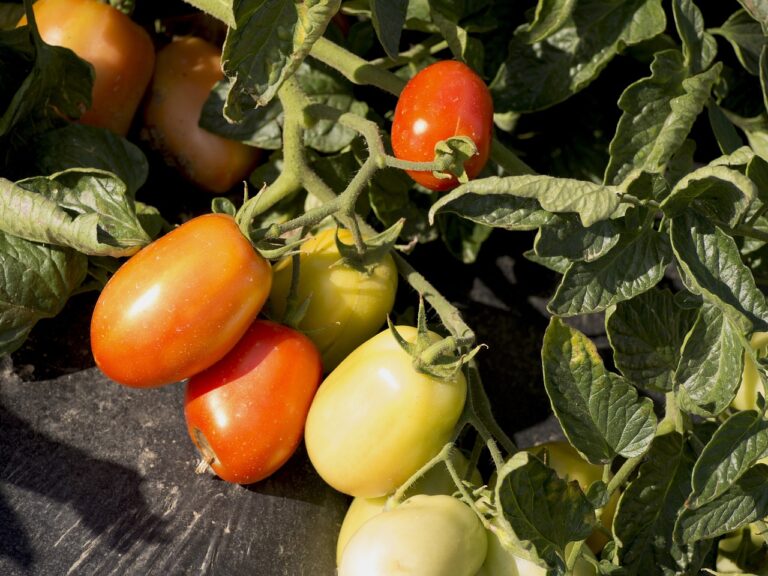Cultural Influences on Global Food Trends
Food is not just a source of sustenance; it is a reflection of the culture and heritage of a particular region or country. The way we cook, eat, and enjoy food is deeply ingrained in our cultural identities, shaping the way we experience and interact with the world around us. As globalization continues to connect people from different corners of the globe, the influence of culture on food trends becomes more prominent than ever before. In this article, we will explore how cultural influences shape global food trends and impact the way we eat and consume food.
Traditional Cuisine and Authenticity
One of the primary ways in which culture influences global food trends is through traditional cuisine. Traditional dishes and recipes that have been passed down through generations hold a special place in the hearts of people around the world. Whether it is a spicy curry from India, a hearty pasta dish from Italy, or a flavorful stir-fry from China, traditional cuisine reflects the unique flavors, ingredients, and cooking techniques of a particular culture.
Migration and Diaspora
Migration and diaspora play a significant role in shaping global food trends. As people move from one place to another, they bring their culinary traditions and recipes with them, creating a melting pot of flavors and influences. This can be seen in the rise of fusion cuisine, where traditional dishes are combined with elements from other cultures to create new and innovative flavors. For example, the popular dish, sushi burrito, combines elements of Japanese sushi with Mexican burrito, creating a unique and delicious culinary experience.
Social Media and Foodie Culture
In today’s digital age, social media plays a crucial role in shaping global food trends. Platforms like Instagram, TikTok, and Pinterest have made it easier than ever for foodies to share their culinary creations and discoveries with the world. This has led to the popularization of food trends like avocado toast, unicorn frappuccinos, and charcoal-infused ice cream. Social media influencers and food bloggers have also played a significant role in promoting certain foods and dishes, influencing what people choose to eat and how they experience food.
Sustainability and Ethical Eating
Another key cultural influence on global food trends is the growing emphasis on sustainability and ethical eating. As people become more aware of the environmental impact of food production and consumption, there has been a shift towards plant-based diets, organic foods, and locally sourced ingredients. This trend is driven by a desire to protect the planet, support local farmers, and promote animal welfare. As a result, we see an increase in the popularity of vegetarian and vegan options on menus, as well as a demand for organic and ethically sourced products.
Globalization and Homogenization
While cultural influences play a significant role in shaping global food trends, the process of globalization has also led to the homogenization of food culture. Fast food chains like McDonald’s, KFC, and Starbucks have expanded globally, offering a standardized menu that is familiar to people around the world. This has led to the spread of Western fast food culture and the adoption of Western eating habits in many countries. As a result, traditional dishes and culinary traditions are sometimes overshadowed by the convenience and accessibility of fast food options.
The Future of Food Trends
As we look to the future, cultural influences will continue to shape global food trends in exciting and innovative ways. With the rise of multiculturalism, the blending of flavors and ingredients from different cultures will create new and exciting culinary experiences. People will become more conscious of where their food comes from and how it is produced, leading to a greater emphasis on sustainability and ethical eating practices. The influence of social media and digital technologies will also continue to play a significant role in promoting food trends and shaping the way we eat and consume food.
FAQs
1. How do traditional cuisines influence global food trends?
Traditional cuisines reflect the unique flavors, ingredients, and cooking techniques of a particular culture, shaping the way we experience and interact with food. Traditional dishes and recipes that have been passed down through generations hold a special place in the hearts of people around the world.
2. What role does migration and diaspora play in shaping global food trends?
Migration and diaspora bring culinary traditions and recipes from one place to another, creating a melting pot of flavors and influences. This can lead to the rise of fusion cuisine, where traditional dishes are combined with elements from other cultures to create new and innovative flavors.
3. How does social media influence global food trends?
Social media platforms like Instagram, TikTok, and Pinterest make it easier for foodies to share their culinary creations and discoveries with the world, popularizing food trends like avocado toast, unicorn frappuccinos, and charcoal-infused ice cream.
4. What is the impact of sustainability and ethical eating on global food trends?
The growing emphasis on sustainability and ethical eating has led to a shift towards plant-based diets, organic foods, and locally sourced ingredients. This trend is driven by a desire to protect the planet, support local farmers, and promote animal welfare.
5. How does globalization contribute to the homogenization of food culture?
Globalization has led to the spread of Western fast food chains like McDonald’s, KFC, and Starbucks, offering a standardized menu that is familiar to people around the world. This has led to the adoption of Western eating habits in many countries, overshadowing traditional dishes and culinary traditions.







